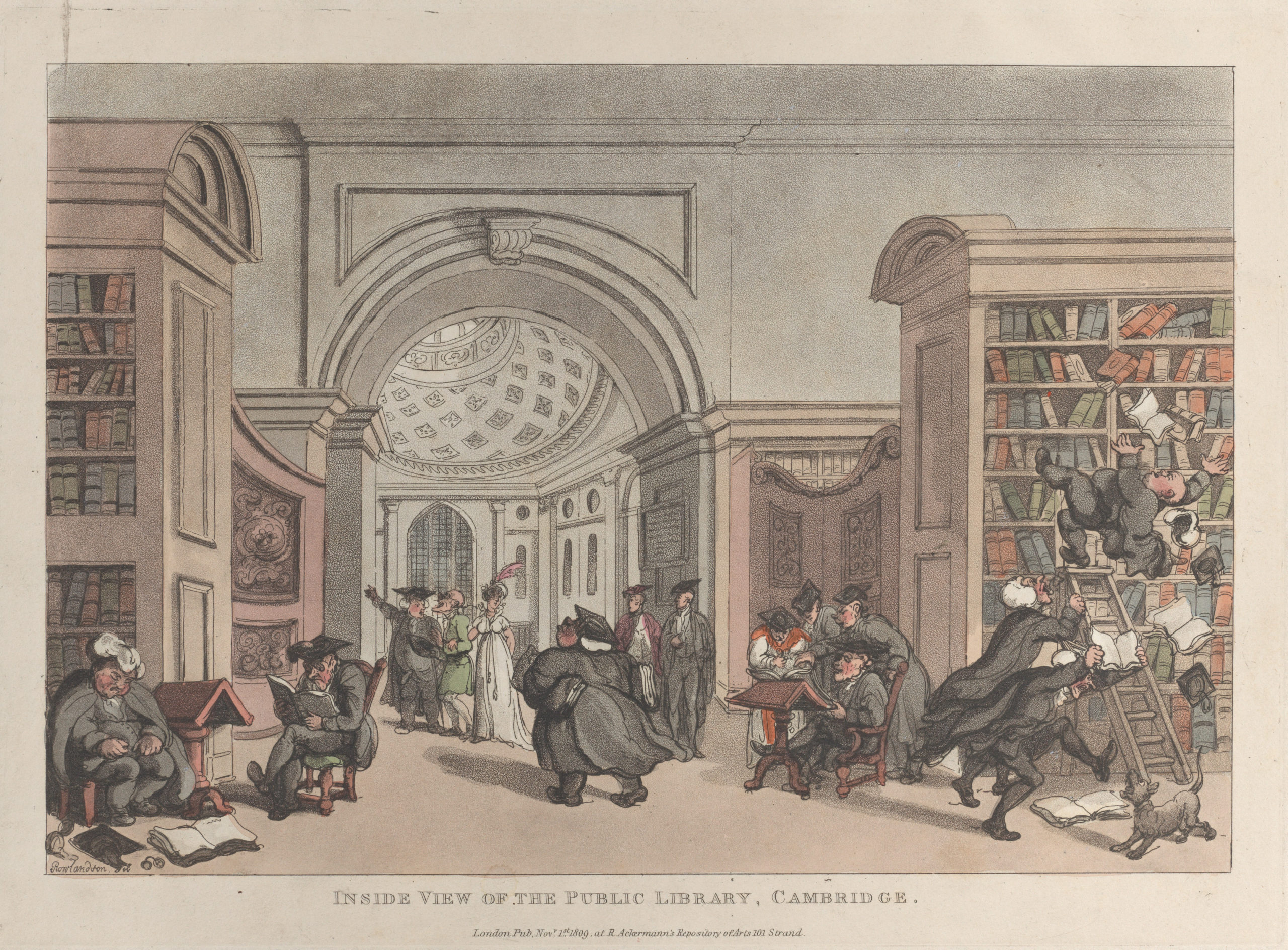The academic publishing sector has been stretching the limits of its traditional business model for some time now, with its two greatest accomplishments involving:
- Digitisation of entire books, available online through library access
- Digitisation of academic journals
The possibilities of publishing, however, go so far beyond simple digitization. Though there exists pushback from the humanities sectors, the potential application of a truly digital approach towards publications outweighs all shortcomings.
Where humanities disciplines remain traditional on their publication model (even as their business model fails) scientific publications have excelled. These scientific publications have adopted a multimedia approach, and have expanded their audience beyond the science community, to be of interest to the general audience, as the scientific journal Nature has achieved.

The academic publishing sectors that adhere to traditional models, however, still fair better overall than the new humanities hybrid projects that attempt to contextualise old information using technology, without the aid of web and application developers. These projects are typically open-source and for the benefit of any interested party, rather than strictly for researchers or academics alone.
The lack of success with these hybrid projects, however, is not an excuse to commit to a dying medium. The largest obstacle that is inhibiting many academic, open-source projects is not a lack of interest, but poor UX design. The golden rule of the internet holds as true in the academic sectors as it does for any commerce website: without a user-friendly platform, the data is inaccessible and doomed to fail.
Casual users are constantly being bombarded with content that demands their attention, which has vastly reduced the patience of consumers when it comes to seeking out the information they are looking for. Large, unruly data projects fail only because users are unable to extract the information they want quickly, and easily.
One such hybrid project, Hestia, offered incredible possibilities for learning. It’s difficult layout and unfriendly user experience, however, meant it failed to market itself to a wider audience. This problem extends to many disciplines. Historians, in particular, commonly write for academic audiences, rather than for the general public. This failure perpetuates an elitist notion of knowledge, despite the popularity of historic texts such as SPQR: A History of Ancient Rome, or Sapiens: A Brief History of Humankind.
The public wants to learn. They want to better themselves. Academics want easier access to data so that they may infer new analysis without extensive data projects holding them back. Projects like Hestia may offer their users tools to conduct their own analysis, but these tools are not well designed. To move forward and to make information more accessible, academics must collaborate with web and UX designers. Only with collaboration may humanities academics create publications that actively reach the general public.


